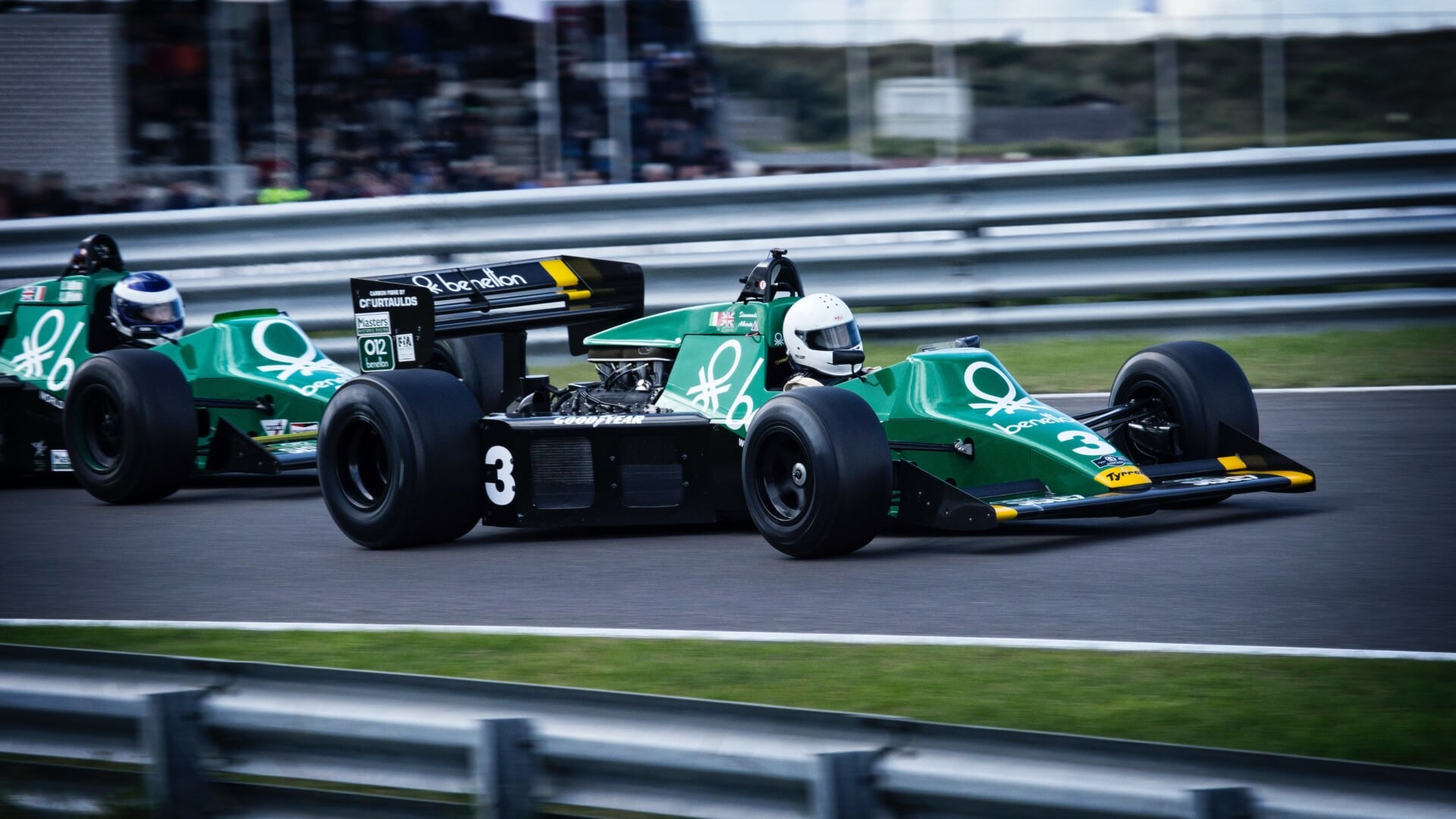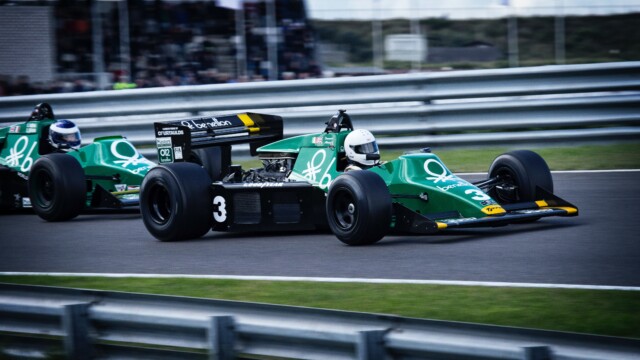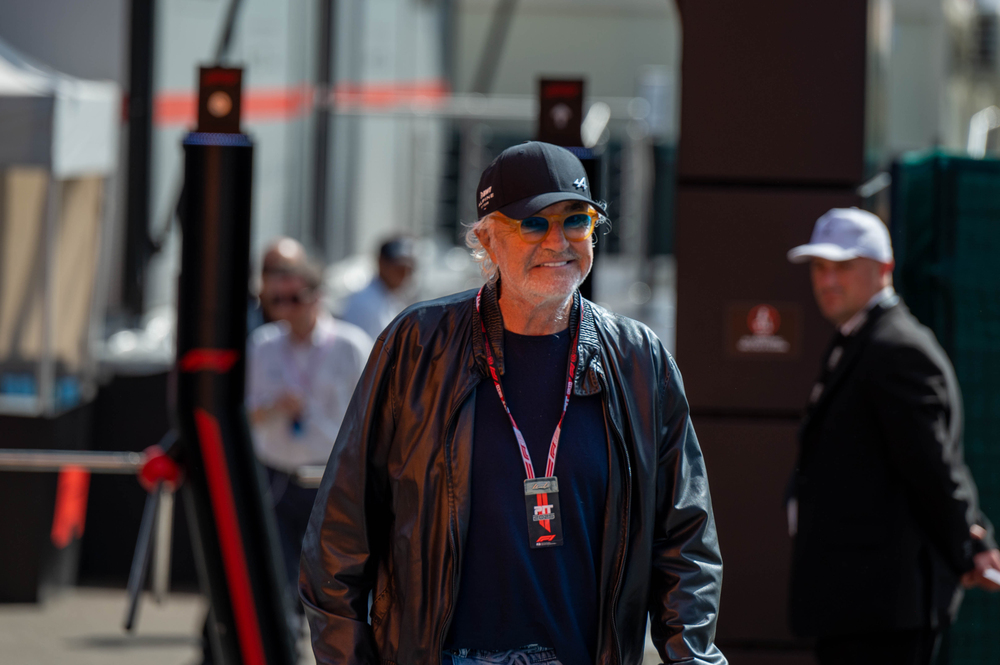F1 History: The Mechanical Evolution Through The Eras Of Formula 1


Formula 1 is the pinnacle of motorsports, with a modern era dating back to 1950. Over the years, the sport has witnessed numerous technological advancements, and the evolution of mechanics has played a vital role in shaping the sport.
In this article, we will delve into the history of Formula 1, focusing on the evolution of mechanics through the different eras.
The Beginnings: 1950s and 1960s
The inaugural season of Formula 1 was in 1950, and the first race was held at Silverstone, UK. The cars of that era were much simpler compared to the modern-day cars we see on the track. The engines were naturally aspirated and had a capacity of around 2.5 liters. They produced around 300 horsepower and could rev up to 8000 RPM. The cars had a tubular space frame chassis, which was covered with aluminum panels to provide aerodynamic efficiency. The tires were skinny, and the suspension was rudimentary.
During the 1960s, technology started to advance, and cars started to get faster. The engines grew in size, and teams started to experiment with various engine configurations. The cars’ aerodynamics were also improved, and the suspension was upgraded to handle the increased speed. The 1960s saw the emergence of some of the most iconic cars in Formula 1 history, including the Lotus 49, Ferrari 312, and the McLaren M7A.
The 1970s: The Age of Ground Effects
The 1970s saw a significant shift in the design of Formula 1 cars. The teams started to experiment with aerodynamic ground effects, which involved creating a low-pressure area under the car, which would suck the car down onto the track, providing more grip and stability.
This technology was pioneered by Lotus, who introduced the Lotus 78 in 1977, which featured side skirts that sealed the gap between the car and the track, creating a ground-effect tunnel. The Lotus 79, introduced in 1978, took this technology to the next level and dominated the season, winning seven of the sixteen races.
The ground-effect era saw some of the most exciting cars in Formula 1 history, with teams pushing the boundaries of technology to gain an edge over their competitors. However, the FIA eventually banned ground effects in 1983, citing safety concerns.
The 1980s: Turbocharged Engines and Active Suspension
The 1980s saw the rise of turbocharged engines, which revolutionized Formula 1. The engines were smaller, around 1.5 liters, but could produce up to 1500 horsepower. This allowed the cars to reach speeds of over 200 mph, making them some of the fastest cars in the world.
The era also saw the introduction of active suspension, which used computers to adjust the suspension in real-time, depending on the track conditions. This technology was first introduced by Lotus in 1982, and other teams quickly followed suit.
The 1980s also saw the emergence of some of the greatest drivers in Formula 1 history, including Ayrton Senna, Alain Prost, and Nelson Piquet. These drivers battled it out on the track, creating some of the most iconic moments in Formula 1 history.
The 1990s: Refinement and Restriction
In the 1990s, Formula 1 focused on refining the technology that had been introduced in the previous decades. The turbocharged engines were eventually phased out, and teams started to focus on developing naturally aspirated engines. The cars’ aerodynamics were also refined, with the introduction of more complex front and rear wings.
Various restrictions were also introduced in the 1990s to reduce the cost of Formula 1 and make the sport more competitive.
The introduction of a points system for the constructors’ championship was also introduced, which incentivized teams to focus on consistent performance throughout the season.
The 2000s: Carbon Fiber and Hybrid Powertrains
The turn of the century saw a significant shift in the materials used in Formula 1 cars. Carbon fiber, which had been used in the construction of some components since the 1980s, became the primary material used in the chassis, providing increased strength and rigidity while reducing weight.
The 2000s also saw the introduction of hybrid powertrains, which combined an internal combustion engine with an electric motor. The technology was initially introduced in 2009 but was not widely adopted until the 2010s. The hybrid powertrains provided improved fuel efficiency and allowed for the recovery of energy under braking, which could be used to provide a boost of power.
The 2010s: Advanced Aerodynamics and Safety Technology
During the 2010s, Formula 1 prioritized advancing technology with a specific emphasis on enhancing aerodynamics and safety. The introduction of the drag reduction system (DRS) in 2011 allowed drivers to open a flap on the rear wing to reduce drag, providing a temporary boost in speed on straights.
In addition, safety improvement was a key focus during the 2010s, marked by the introduction of the halo in 2018. It is made out of titanium and sits above the cockpit, protecting the driver’s head from flying debris.ng debris.
The Future: Electric Powertrains and Autonomous Driving
As the world moves towards a more sustainable future, Formula 1 is also looking to reduce its carbon footprint. The sport has announced plans to introduce electric powertrains in the near future, which will provide even greater efficiency and reduced emissions.
Formula 1 is also exploring the potential of autonomous driving technology, with plans to introduce a new series of races featuring autonomous cars in the near future. While the introduction of autonomous racing may be some way off, it highlights the continued push towards technological innovation in the sport.
The advancements in Formula 1 cars will not only contribute towards a more sustainable future but also revolutionize the way we approach motorsports. With increased efficiency and reduced emissions, Formula 1 cars will not only be faster and more powerful but also more environmentally friendly, attracting a wider audience, including sportsbook enthusiasts such as FanDuel Sportsbook.
Conclusion
In conclusion, the evolution of mechanics in Formula 1 has played a vital role in shaping the sport over the years. From the simple cars of the 1950s to the advanced hybrid powertrains of today, Formula 1 has been at the forefront of technological advancements.
The sport will continue to push the boundaries of technology in the future, with a focus on sustainability and safety.





